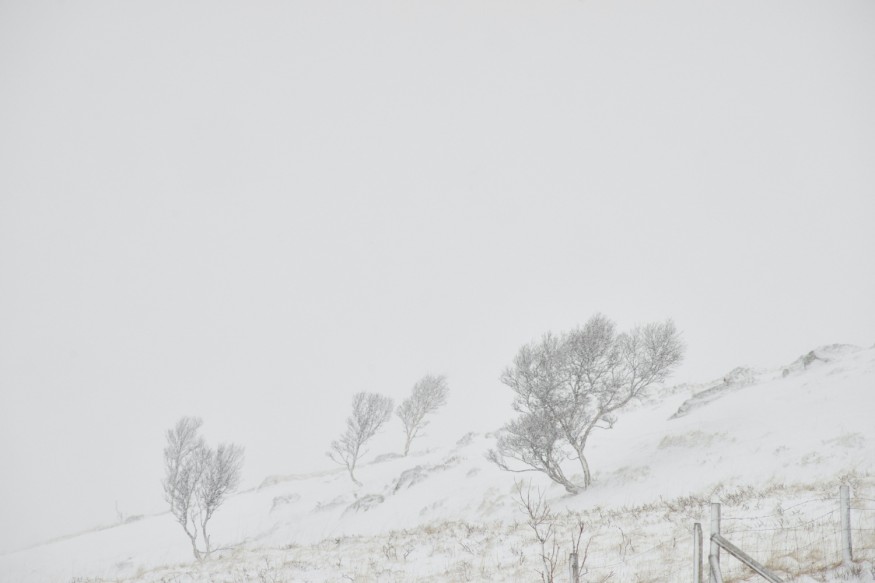
Sudden temperature influxes are happening at high altitudes in a frigid place with thin air just above the North Pole. The stratospheric warming might cause one potentially harsh winter season across the Northern hemisphere. The intense winter caused by the event may last for weeks, even months, depending on the severity of the occurrence.
In another Arctic related article, Arctic's in Danger! 5 Infographics Showing the Alarming State of the Arctic
Polar Vortex
A polar vortex is a pattern of winds rising in the Arctic that resembles cyclones that spins around the northern hemisphere. It is formed during the polar winter, the moment that the stratospheric airs move in circular motions. The effect of a polar vortex may depend on the distance between the area and the Arctic regions.
The harsh phenomena may influence the weather in the United States and Europe. They are increasing the potentially destructive snowstorms and intense breeze from the Arctic air. Chances are, if this continues, it might be the coldest outbreak in the history of modern Europe. Even the US might be stuck in waves of intense snowstorms as experts believe that the weather conditions will remain hard to predict in a few days.
It might become, as some people call it, a snowmageddon.
Intensity
There is a considerable chance that the cold air will remain bottled up over the Arctic region if the polar vortex remains strong and stable in one piece. However, snow cyclone may weaken and wobble. If that happens, it splits off and hurls southward, hitting the US, Europe, and Asia on its trajectory. That is precisely what's happening.
Impact of the Vortex on the weather
Due to a polar vortex's unpredictability, many are counting on geographic weather forecaster, researchers, scientists, and members of similar fields like Atmospheric and Environmental Research.
Sticking accurate the NOAA's (National Oceanic and Atmospheric Administration) prediction on October of 2020, the US's southern parts can still continue to expect warmer and drier weather conditions. The North will have a considerably colder and wetter season.
"NOAA's timely and accurate seasonal outlooks and short-term forecasts are the result of improved satellite observations, more detailed computer forecast modeling, and expanding supercomputing capacity," said Neil Jacobs, Ph.D., acting NOAA administrator. "From expansive and multi-hazard winter storms to narrow but intense lake effect snow, NOAA will provide the necessary information to keep communities safe."
Stratospheric Warming
One of the most significant contributing factors in the unpredictable intensity of a polar vortex is the influx of temperature in the northern hemisphere. And a massive contributor behind the stratospheric warming is the ever-rising amounts of concentrated greenhouse gases. These harmful gases continuously cool down the upper atmosphere while also warming the surface at the same time.
This anomaly's bizarre nature fits the hard to explain unpredictability of natural calamities tied to climate change and global warming.
How to prepare for intensely cold winters
In case of facing intense winters, the following would be the best precautionary measures:
- Prevent pipes from freezing;
- Insulate walls;
- Clear chimneys, vents, and other exhaust ports;
- Maintain a sound heating system;
- Terminate rodents and other pests in the house;
- Have emergency supplies; and
- Prepare a transport vehicle and emergency route.
READ NEXT: Young Man Pulled Out of a Frozen Lake!
For more news about the climate, don't forget to Follow Nature World News!
© 2026 NatureWorldNews.com All rights reserved. Do not reproduce without permission.





